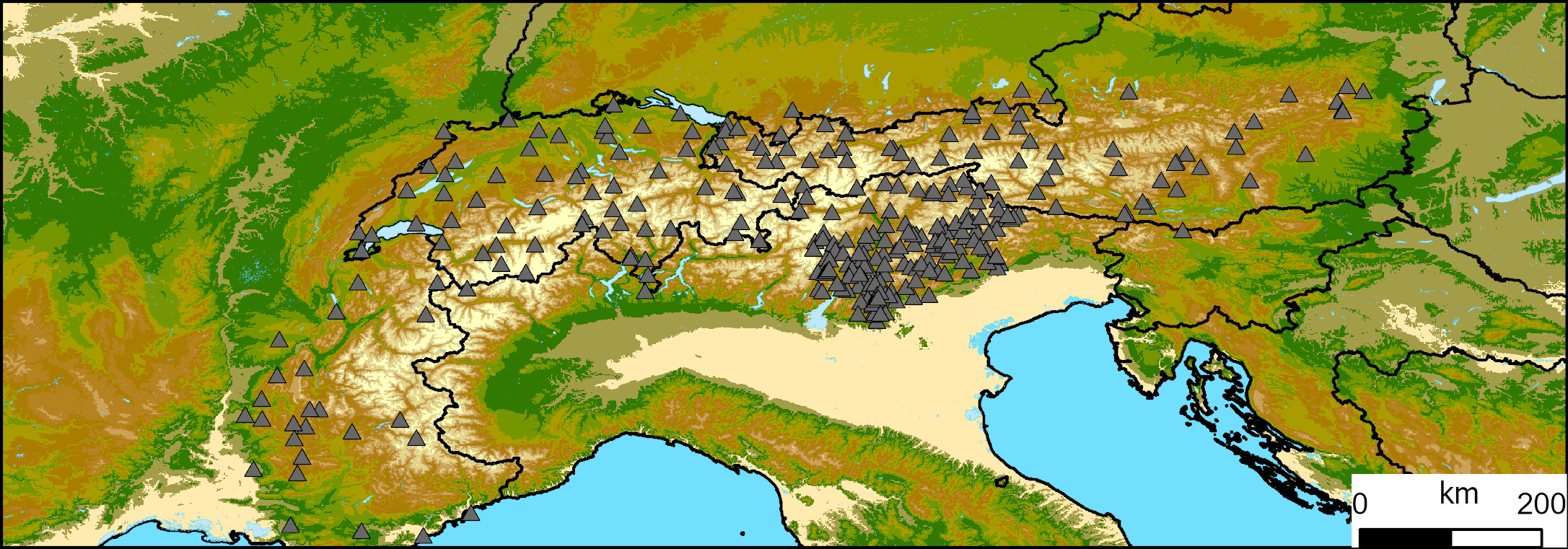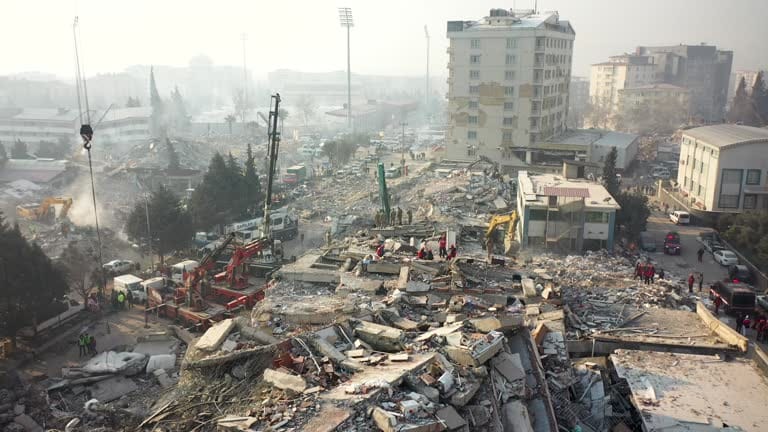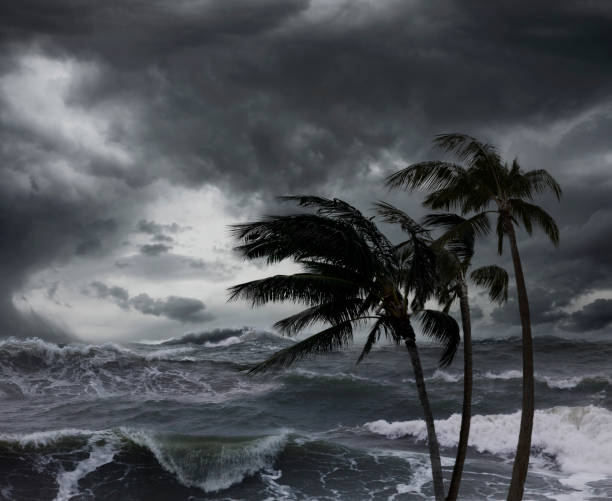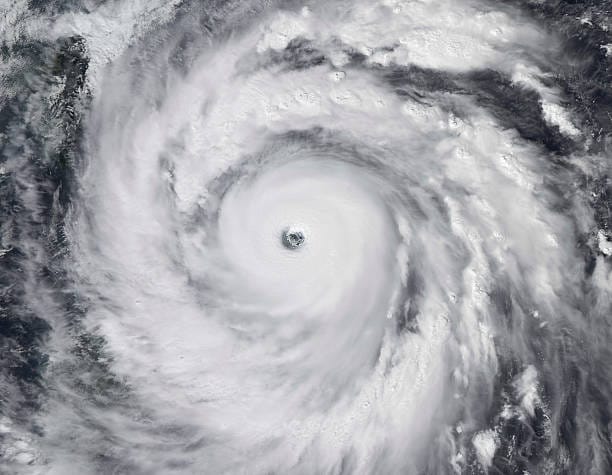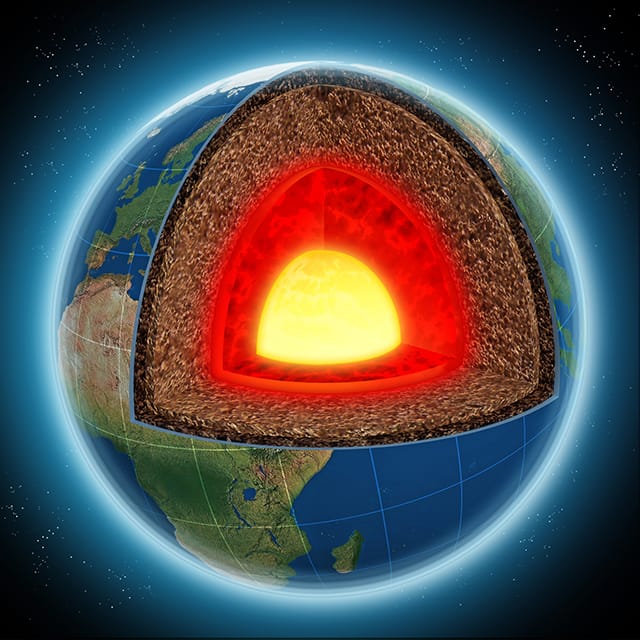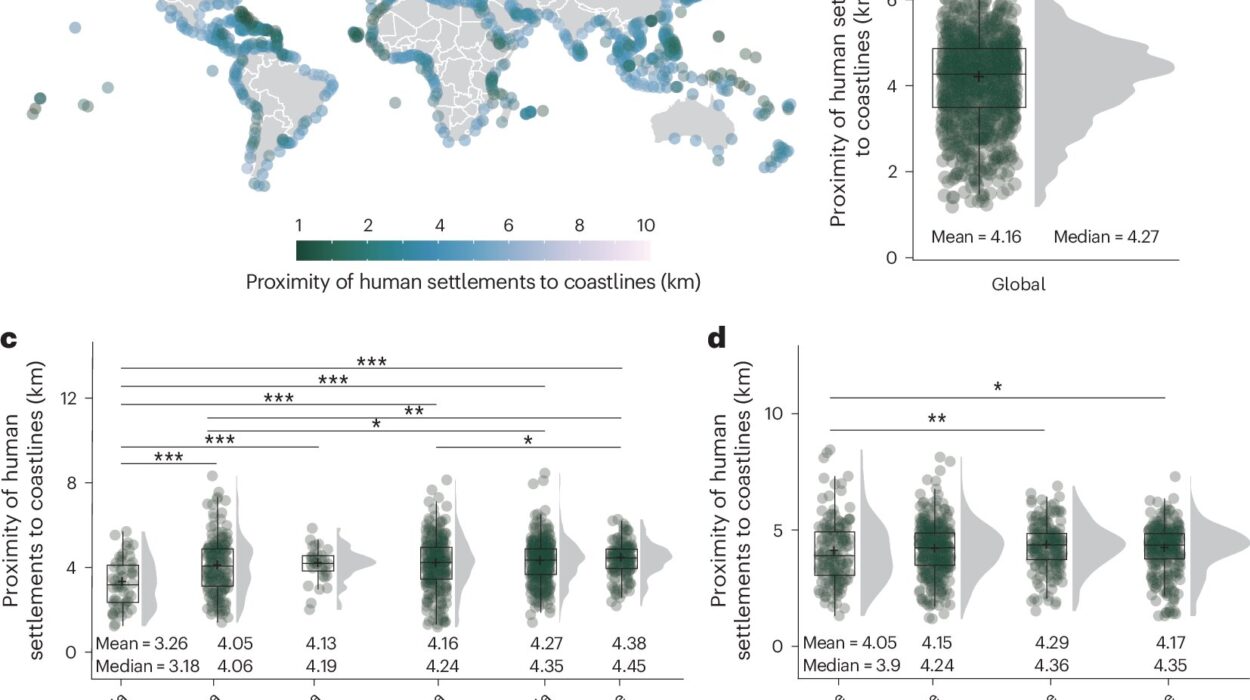LAUSANNE, SWITZERLAND – In the heart of the Alps, where jagged peaks carve into the sky and glaciers have long ruled the seasons, a new kind of storm is quietly rewriting the rules. Scientists have uncovered a sobering truth: as the climate warms, intense, short-lived summer downpours—capable of flooding cities within minutes—are expected to become not only more frequent, but far more destructive.
A new study, published in npj Climate and Atmospheric Science, reveals that just a 2°C increase in regional temperature could double the frequency of extreme rainfall events across the European Alpine region. That means violent summer rainstorms, once considered “once-in-a-lifetime” events, could arrive every couple of decades—and they’re already gaining strength.
This research, led by teams at the University of Lausanne (UNIL) in Switzerland and the University of Padova (UNIPD) in Italy, offers one of the most comprehensive looks yet at how a warming atmosphere is rewiring weather patterns over Europe’s mountain heartland.
A Flash Flood That Foreshadowed the Future
The catalyst for the research was a storm that hit close to home.
On June 11, 2018, the picturesque city of Lausanne, perched above Lake Geneva, was struck by a sudden deluge. Forty-one millimeters of rain—roughly an entire month’s worth—fell in just 10 minutes. Streets transformed into rivers. Underground garages filled like bathtubs. The damage was swift and brutal: 32 million Swiss Francs, according to city estimates.
That event was not an anomaly—it was a warning.
“These kinds of rainstorms are extremely rare today,” says Nadav Peleg, hydrologist and lead author of the study at UNIL. “But with warming, they will become more common. What we experienced in Lausanne could become a glimpse into a new normal.”
Rainfall Redefined by Warming
The science behind it is both unsettling and inescapable. Warmer air holds more moisture—about 7% more per degree Celsius of temperature rise. That moisture becomes fuel for storms, intensifying rainfall when the atmosphere decides to let go.
And let go it will.
The researchers analyzed data from nearly 300 weather stations scattered throughout the Alps, encompassing Switzerland, France, Germany, Austria, and Italy. They zeroed in on extreme rainfall events lasting 10 to 60 minutes, recorded between 1991 and 2020, and compared those against regional temperatures.
Their results were crystal clear: as temperatures rise, these storms hit harder—and more often.
A rainfall event that once occurred every 50 years could become a 25-year event under 2°C of warming. With just 1°C, the damage would still be significant—enough to strain infrastructure and risk lives.
“We used physics-based statistical modeling to connect storm intensity with temperature,” explains Francesco Marra, co-author from UNIPD. “Then we applied those models to future climate projections. The patterns we see are alarming—but they’re also inevitable unless we act.”
The Alps: A Climate Bellwether
The Alps are warming faster than the global average—a phenomenon known as elevation-dependent warming. Snow is melting earlier, glaciers are receding, and permafrost is thawing. These changes already affect local ecosystems and tourism. Now, they threaten to reshape hydrology and infrastructure.
Mountain terrain amplifies the effects of sudden downpours. Steep slopes mean water doesn’t linger—it rushes downhill with terrifying force. When rain falls faster than the soil can absorb it, the result is often flash floods, debris flows, and mudslides.
“These storms are dangerous not only because of the water,” Peleg explains. “The sheer volume falling in minutes can trigger rockfalls, collapse embankments, and cut off roads and power lines.”
In regions like the Alps, where charming villages hug mountain valleys and rivers weave through dense towns, that risk is deeply personal.
Engineering for a Wetter Future
The message from scientists is not only one of warning—but one of planning.
“We need to rethink how we design cities, especially in mountainous regions,” says Peleg. “Drainage systems, sewers, and roads must be adapted to handle higher peak flows. And we need better early-warning systems.”
The study urges policymakers to invest in climate adaptation now. That includes revisiting building codes, creating more resilient green infrastructure, and protecting critical systems like transportation and electricity from sudden water surges.
“We are not powerless,” adds Marra. “But every year of delay will raise the cost—financially, environmentally, and in human lives.”
A Rising Threat Beyond the Mountains
While the study focuses on the Alps, its implications stretch far beyond Europe’s rooftops.
Cities around the globe—especially those in mountainous or high-latitude regions—face similar threats as climate change accelerates. From the Rockies to the Himalayas, the pattern repeats: rising temperatures, moisture-laden air, explosive storms.
In the summer of 2021, the German town of Bad Neuenahr-Ahrweiler was devastated by floods that killed more than 180 people. Although that event was linked to prolonged rainfall rather than short bursts, it underscored the vulnerability of European infrastructure to extreme weather.
“What we’re seeing now are the early symptoms,” says Peleg. “Climate change isn’t a slow drip—it’s becoming a cascade.”
A Call for Climate Resilience
While headlines often focus on rising sea levels or disappearing ice caps, this study highlights a more immediate, visceral impact of climate change—the water falling right over our heads.
In the end, it’s not the rising temperatures themselves that flood streets or destroy homes. It’s what those temperatures unleash. And in the case of the Alps, it’s an atmosphere ready to dump water with increasing fury.
For the scientists behind the study, the hope is that these findings will be a catalyst—not just for concern, but for action.
“We can’t stop the storms,” says Marra, “but we can decide how ready we are when they arrive.”
Reference: Peleg, N., et al. A 2◦C warming can double the frequency of extreme summer downpours in the Alps, npj Climate and Atmospheric Science (2025). DOI: 10.1038/s41612-025-01081-1
